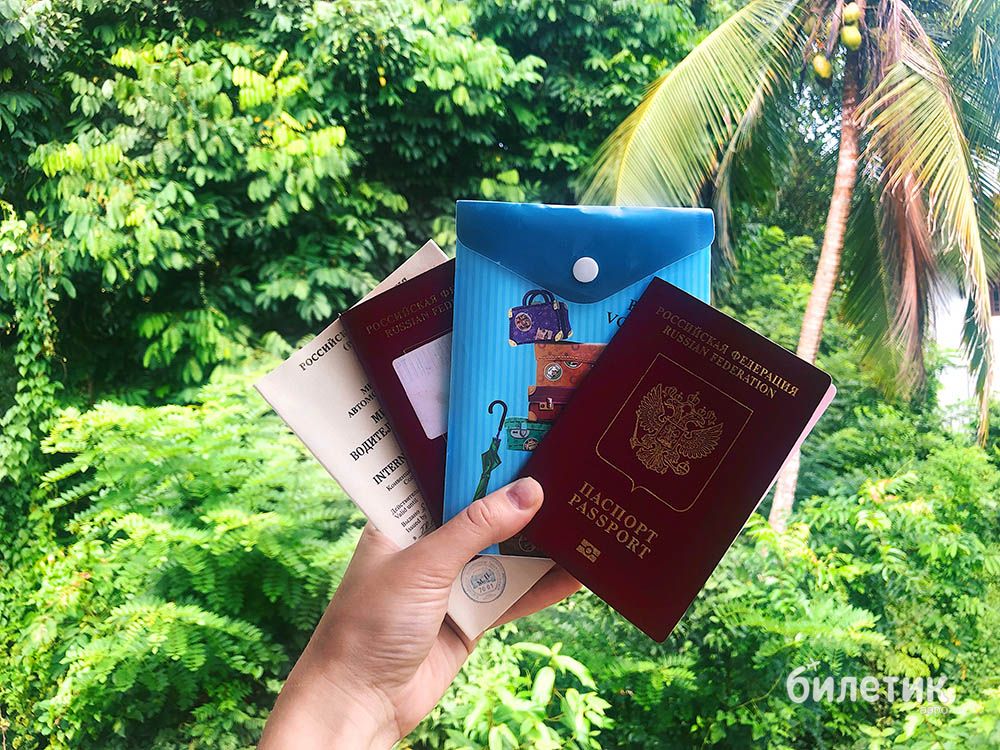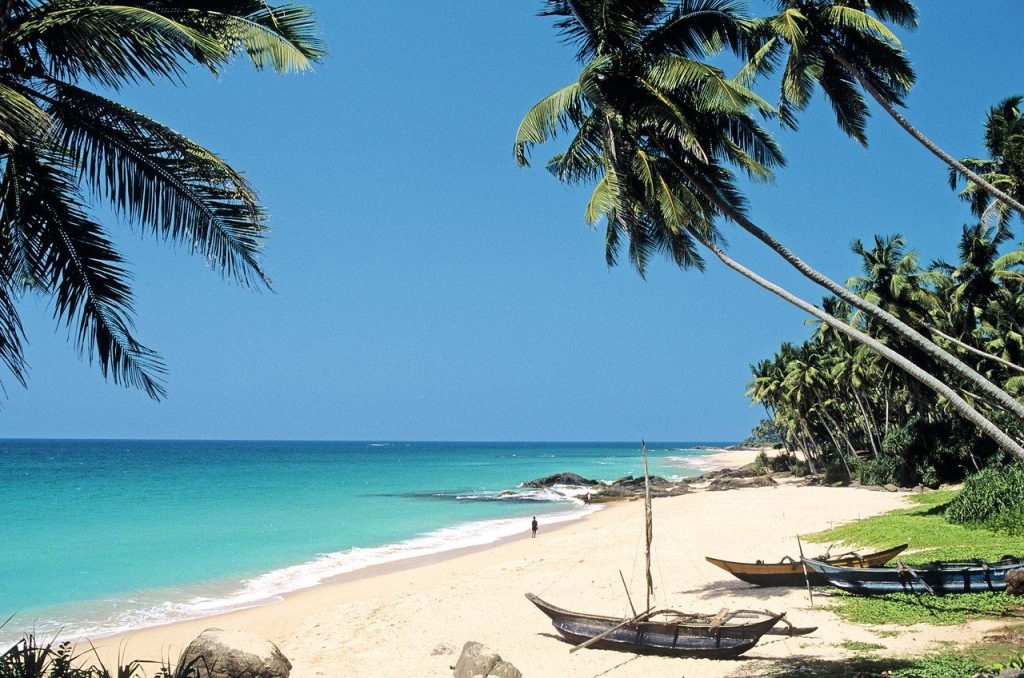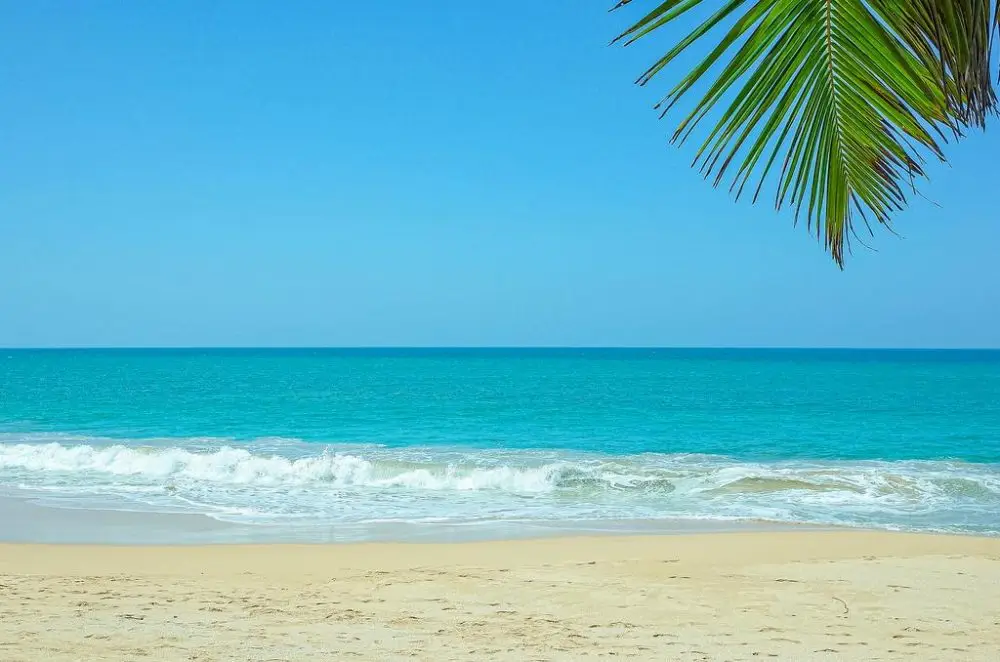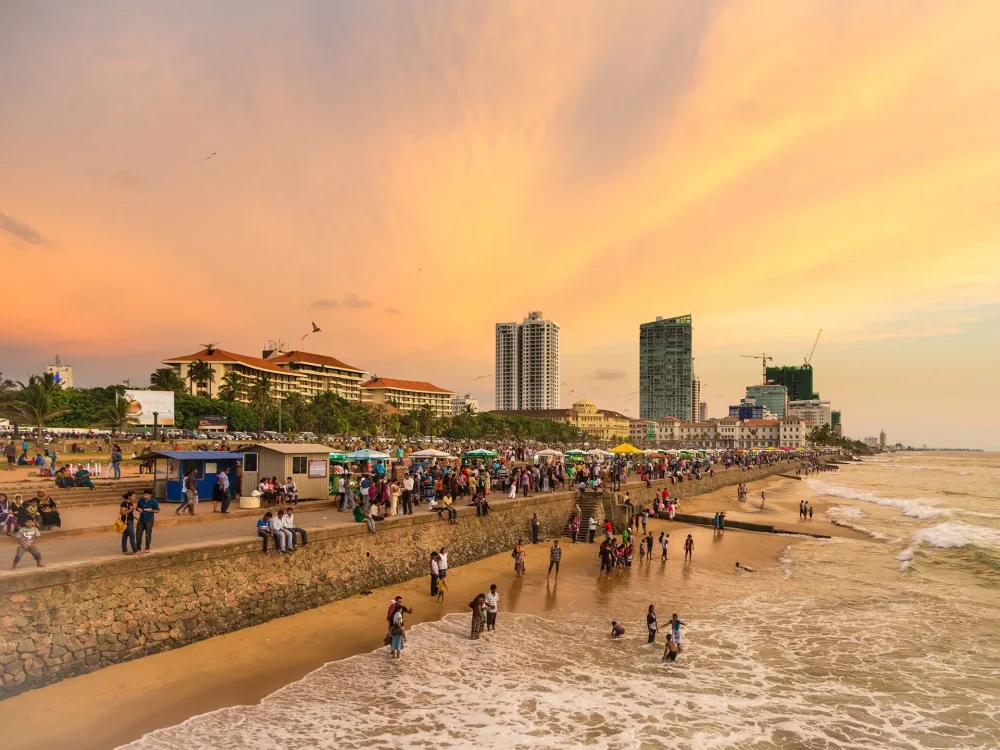Golden beaches, mountain ranges, verdant plantations, bustling markets and temples lost in the clouds form a unique canvas that begs the legitimate question: is it worth travelling to Sri Lanka? The answer requires a clear, rich and authentic picture based on facts, economics and the lived experience of tourists, rather than abstract raptures.
Is it worth going to Sri Lanka: how much does a holiday cost?
The steady growth of interest in the destination has formed a new pricing. The daily cost per traveller ranges from 45 to 180 USD. In coastal Unawatuna you can find a guest house for 18-25 USD, while a boutique hotel in Galle will charge 120 USD or more. The season affects rates: from November to March there is a high tariff – an increase of up to 30%.
Prices in Sri Lanka 2025 have signalled a new trend – the local market is increasing competition. A fish lunch in a seaside café will cost 4-6 USD, a trip in a 2nd class train from Colombo to Ella – 1.5 USD, bike hire – from 6 USD per day.
Visa and documentation: bureaucracy at a minimum
 The fast registration process is one of the reasons why you should travel to Sri Lanka without fear. An e-visa is issued online in 10-15 minutes. The cost is 50 USD. The validity period is 30 days with an option to extend for another 60 days. Tourism is an officially supported destination, because of which the control is formal. Proof of accommodation, return ticket, sufficient funds – a standard package. No additional certificates, PCR tests or confirmations are required from 2023.
The fast registration process is one of the reasons why you should travel to Sri Lanka without fear. An e-visa is issued online in 10-15 minutes. The cost is 50 USD. The validity period is 30 days with an option to extend for another 60 days. Tourism is an officially supported destination, because of which the control is formal. Proof of accommodation, return ticket, sufficient funds – a standard package. No additional certificates, PCR tests or confirmations are required from 2023.
Is it worth travelling to Sri Lanka and how much money to take
The formula “7 days – 600 USD” remains universal for the average traveller. For the basic level – 40-50 USD per day, including meals, overnight accommodation, transport. Comfortable format – from 100 USD. Travelling between regions requires logistics. From Ella to Arugam Bay – 6 hours by bus, cost – 3.5 USD. Private transfers are around 80 USD. Visiting paid attractions (e.g. Sigiriya – 30 USD) affects the total amount. Insurance for 2 weeks – 15-20 USD, SIM card – from 3 USD.
When to go: What to see in Sri Lanka
The climate divides the country into two worlds. The south-west is favourable from December to April, the north-east from May to September. Beach holidays are successful in Mirissa, Weligama, Hikkaduwa in winter. Surfing peaks in July in the east. Mountainous areas like Nuwara Eliya require warm clothing at all times of the year. The choice of time affects not only the weather conditions but also the pricing.
Immersion in culture and nature
The answer to the question of whether it is worth travelling to Sri Lanka lies in the depth of a tourist’s interests. The destination is developing along the vector of “nature – history – adventure”. The starting point is Colombo, but the journey begins in the interior of the island:

-
Nuwara Eliya’s tea plantations cover the slopes with emerald carpets. The factories offer tasting tours.
-
Little Adam’s Peak is a trekking route in Ella, the climb is 2 kilometres long, the elevation is 1141 metres and the view is like the cover of National Geographic.
-
The Bridge of Nine bridges times and cultures. Built without cement, the arches are held together by British colonial-era engineering.
Ella: one route – a thousand impressions
The train journey from Kandy to Ella takes 6-7 hours. A second class coach with panoramic windows costs 2 USD. Tourists choose this destination for its cinematic nature. The logistics of the route shows how to form an optimal journey:
-
Colombo – arrival, sim card, currency exchange.
-
Kandy – Temple of Buddha’s Tooth, Royal Botanical Gardens.
-
Nuwara Eliya – tea plantations, Lake Gregory.
-
Ella – Little Adam’s Peak, bridge, trekking.
-
Yala – safaris, elephants, leopards.

-
Mirissa – beach, surfing, whale safari.
-
Galle – fort, old town, Dutch architecture.
Entertainment and excursions are why you should go to Sri Lanka
Tourism in Sri Lanka is no longer just about travelling between points on a map. It becomes a palette of experiences, where each episode enhances the emotional response. The question whether it is worth going to Sri Lanka loses its theoretical connotation after the first safari in Yala – 980 square kilometres of jungle, where elephants and leopards do not decorate brochures, but cross the road in front of the jeep. The price for the tour is from 35 to 60 USD, the duration is 4-6 hours, the probability of seeing the “big five” is more than 70%.
In the waters off the coast of Mirissa, whale watching starts at 40 USD. The season runs from November to April, when the blue creatures come closest to shore. Alternative activities include snorkelling off the reefs of Unawatuna (30 USD for a guided dive) or white water rafting on the Kelani River near Kitulgala – up to 2 hours of adrenaline rush for around 25 USD.
Cave temples in Dambulla add mysticism: 5 sanctuaries carved in the rock, 153 statues of Buddha, frescoes on the ceilings covered with natural paint more than two thousand years old. Entrance is 6 USD. Wellness proponents find Ayurvedic treatments: massages, herbal steam baths, and cleansing sessions. Prices start at 10 USD. Services of licensed professionals are available in Kandy and Hikkaduwa.
Guided tours are more expensive – 50-100 USD per day, but they compensate for the investment with knowledge. Local accredited guides speak English, some Russian. Specialisation ranges from architecture to flora and fauna. Scooter rides (hire – 6-8 USD/day) offer independent access to lost locations. In Ella or Tangalle, you can tour 4-5 points of interest in a day, including waterfalls, tea factories, and viewpoints.
Holidays in Sri Lanka – cheap? Myth or reality of budget travelling
Outside of the popular resorts, Sri Lanka offers some of the most loyal prices on the Asian tourist market. Guesthouses and hostels in non-tourist areas provide accommodation from 8 to 15 USD per night. A vegetarian lunch of rice with dal (lentil sauce) costs 1.5 USD. In the markets, mangoes sell for 0.5 USD each, pineapple for 1 USD, and coconut for 0.3 USD.
Public transport links the regions. A train from Colombo to Galle costs 0.9 USD, to Nuwara Eliya – about 2.2 USD. Buses run frequently, with tickets costing from 0.15 USD per 10 kilometres. Alternative comfort – taxis for short distances (for example, Colombo – Unawatuna for 50 USD).
The travel budget is reduced if you organise your own itinerary. Direct flights from Dubai or Qatar allow you to save money on the flight. Renting a bike for 10 days costs 60-70 USD. Cooking in a rented kitchen is another way to reduce daily expenses.
Conclusion
 Sri Lanka offers not just a journey, but a transformational experience. Unique landscapes, cultural heritage, affordable economy and mild climate make the trip a quality investment in experiences. Is it worth travelling to Sri Lanka? If the goal is to combine nature, depth and affordability, there are no alternatives.
Sri Lanka offers not just a journey, but a transformational experience. Unique landscapes, cultural heritage, affordable economy and mild climate make the trip a quality investment in experiences. Is it worth travelling to Sri Lanka? If the goal is to combine nature, depth and affordability, there are no alternatives.
 en
en  ru
ru  de
de  nl
nl  ar
ar  es
es  fr
fr  hi
hi  it
it  pt
pt  el
el 










